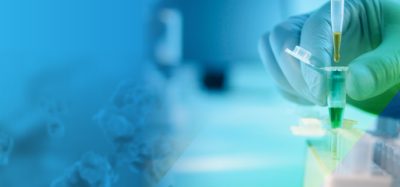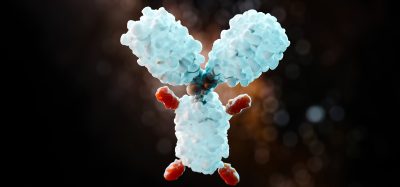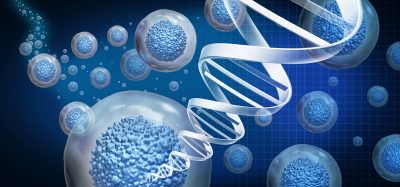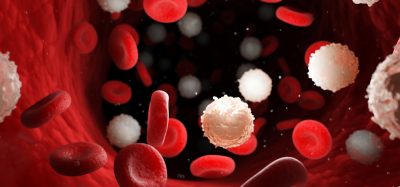Chemical hack turns platelets into drug couriers
Posted: 2 June 2025 | Drug Target Review | No comments yet
Researchers at the University of Illinois have achieved the first successful metabolic labelling of platelets, a key step toward using them in targeted drug delivery. The technique could enable short-lived, precision therapies for cancer, immune conditions, and clotting disorders.


A research team at the University of Illinois Urbana-Champaign’s Grainger College of Engineering has reported a breakthrough in the field of drug delivery: the first successful application of metabolic labelling to platelets. The findings, published in Materials Today Bio, establish a new chemical engineering strategy that could enable platelets to serve as effective vehicles for targeted therapies in cancer, immune disorders, and clotting diseases.
“Cells can usually be engineered with a genetic or chemical approach,” said Assistant Professor Hua Wang, senior author of the study and a faculty member in the Department of Materials Science and Engineering. “But platelets don’t have a nucleus or the typical DNA machinery, which makes them difficult to genetically engineer.”
From theory to validation
To overcome this, Wang’s lab employed a chemical technique known as metabolic glycan labelling. The process involves feeding cells specially designed sugar compounds that, once metabolised, appear as tagged markers on the cell surface. This method has been used in immune and cancer cells – but never in platelets.
Automation now plays a central role in discovery. From self-driving laboratories to real-time bioprocessing
This report explores how data-driven systems improve reproducibility, speed decisions and make scale achievable across research and development.
Inside the report:
- Advance discovery through miniaturised, high-throughput and animal-free systems
- Integrate AI, robotics and analytics to speed decision-making
- Streamline cell therapy and bioprocess QC for scale and compliance
- And more!
This report unlocks perspectives that show how automation is changing the scale and quality of discovery. The result is faster insight, stronger data and better science – access your free copy today
Platelets don’t have a nucleus or the typical DNA machinery, which makes them difficult to genetically engineer.
The team began by incubating mouse platelets in vitro with the sugar compound. Within hours, they detected surface tagging on the platelets, confirmed through a combination of fluorescent microscopy, flow cytometry, and western blotting. Encouraged by these results, they moved to in vivo experiments, administering the sugar compound directly into mice. The outcome mirrored their earlier findings: chemically labelled platelets were observed circulating in the bloodstream.
The implications are considerable. Tagged platelets could serve as highly targeted, short-lived drug delivery tools – homing in on disease sites, delivering their therapeutic payload, and exiting the system within days. This transient presence could help alleviate concerns around drug accumulation and off-target effects.
“We have good confidence in how much cargo we can load and how stable they are,” said Wang. “In terms of our lab, we are very interested in the metabolic labelling technology. We want to further improve both in vitro and in vivo labelling efficiency, which we think could be useful to many researchers in the field.”
Next steps for the team involve collaborations with external laboratories to explore therapeutic applications more directly, including enhancing the stability and capacity of platelet-based drug carriers.
This study was published in Materials Today Bio.
Related topics
Assays, Bioengineering, Drug Delivery, Drug Development, Drug Discovery, Flow Cytometry
Related conditions
Blood clotting disorders, Cancer, immune disorders.
Related organisations
University of Illinois Urbana-Champaign








